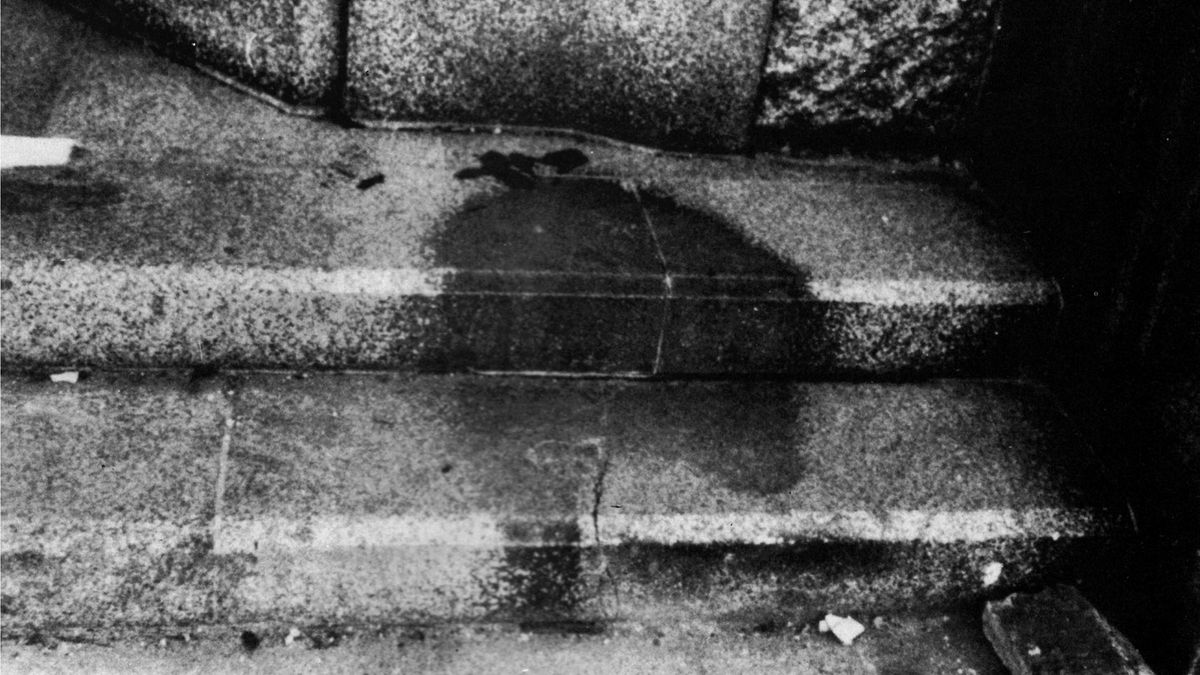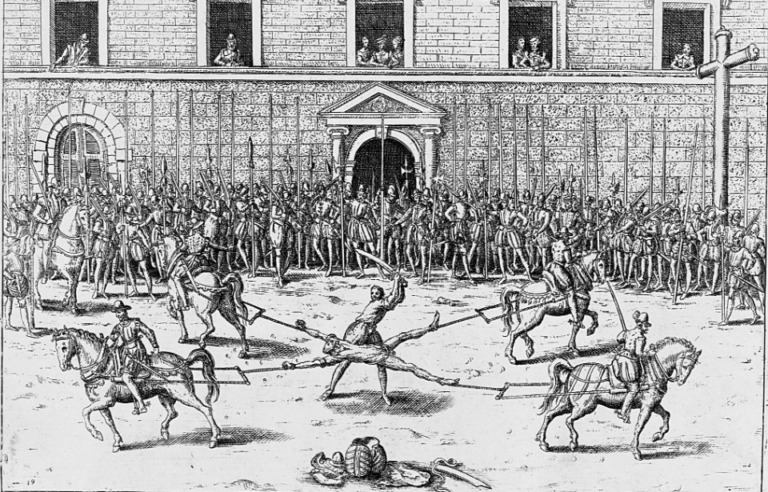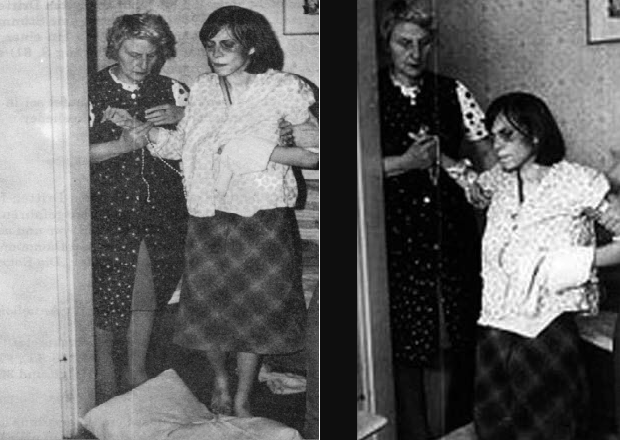Unveiling the Shadows of Hiroshima: Silent Remnants of Atomic Devastation
The atomic bomb that fell on Hiroshima on August 6, 1945, left an indelible mark not only on the city’s landscape but also on humanity’s collective memory. Amidst the devastation, a unique phenomenon arose: the shadows from the atomic bomb. These eerie silhouettes, burned into buildings, streets, and even human remains, serve as haunting reminders of the unimaginable force unleashed that day.
But what exactly are these shadows? How were they formed, and what do they symbolize? In this article, we will explore the science behind these mysterious remnants, their symbolic importance, and how they have been preserved as part of Hiroshima’s legacy.
What are Hiroshima Shadows?

Hiroshima shadows are the dark outlines of objects, people, or structures that were caught in the intense heat of the atomic blast. The explosion generated thermal radiation so intense that it bleached surfaces, leaving behind shadow-like impressions where objects or people had shielded the ground or walls from the radiant energy.
The shadows from the atomic bomb are some of the most chilling visual reminders of the blast’s overwhelming power. These shadows were created in the blink of an eye, forever imprinted on the scorched earth, a stark visual of both the immediate and long-term destruction.
Key Points:
- These shadows were created by the heat and light of the explosion.
- Surfaces that were shielded by people or objects retained a darker hue.
- The shadows serve as a symbolic representation of those who were vaporized instantly by the bomb.
The Science Behind Atomic Bomb Shadows
The formation of these atomic bomb shadows is rooted in physics. When the bomb detonated over Hiroshima, it emitted an intense burst of thermal radiation, which traveled at the speed of light, creating immense heat. Surfaces exposed to this heat were scorched or even melted, while areas shielded by objects or people remained relatively unscathed, leaving dark, shadowy imprints.
How Thermal Radiation Works:
- The heat emitted was in the form of infrared radiation, which is capable of traveling vast distances almost instantaneously.
- Anything in the radiation’s direct path was incinerated. Objects blocking the radiation caused the shadows by preventing the surfaces behind them from being scorched.
Lasting Effects:
- Hiroshima shadows have been preserved on a variety of surfaces, including stone steps, building walls, and bridges. The most famous is the shadow of a man who was sitting on the steps of a bank at the time of the blast.
- These remnants stand as visual metaphors for the immediate destruction caused by the bomb and the people who were obliterated by its force.
“The imprint of a shadow speaks more loudly than words. It’s a mark of death, frozen in time.”
The Historical Context of Hiroshima
To fully grasp the impact of these shadows, we must revisit the events that led to the destruction of Hiroshima. In the final stages of World War II, the United States dropped the atomic bomb on Hiroshima, hoping to force Japan into surrender. The bomb, nicknamed “Little Boy,” exploded at approximately 600 meters above the city.
Key Events Leading to the Bombing:
- Manhattan Project: The U.S. developed nuclear weapons as a deterrent, eventually choosing Hiroshima as a target.
- Decision to Drop the Bomb: Faced with prolonged war, the U.S. government decided to use the atomic bomb in an effort to bring the conflict to a swift end.
- Immediate Aftermath: The bomb killed an estimated 140,000 people, with thousands more suffering from radiation-related illnesses.
The bombing of Hiroshima not only caused physical destruction but also left emotional and psychological scars that lingered for decades.
Survivors’ Accounts: Witnessing the Shadows
The survivors of the Hiroshima bombing, known as hibakusha, have shared harrowing stories of their experiences, which include witnessing the shadows left behind by the blast. These survivors describe the shock and horror of seeing human-shaped silhouettes burned into the ground, serving as eerie memorials for those who perished instantly.
Personal Stories:
- Sumiteru Taniguchi, a hibakusha, recounted his journey through the devastated city and how the shadows haunted him. “I saw blackened figures, burnt beyond recognition, and their shadows still etched into the walls.”
- Others speak of shadows that became symbols of those who were vaporized, leaving behind no physical trace except for these permanent imprints.
These accounts not only preserve the memory of the devastation but also serve as a reminder of the horrors of nuclear warfare.
Hiroshima Shadows as Symbols of Tragedy
The shadows from the atomic bomb are more than just physical imprints; they represent the collective loss and destruction wrought by one of history’s deadliest weapons. These shadows have come to symbolize the innocent lives lost in Hiroshima, and they remind the world of the fragility of human existence.
The Symbolism of the Shadows:
- The shadows are frozen in time, much like the lives that were suddenly cut short.
- They are permanent reminders of the cost of war and the destructive power of nuclear weapons.
The tragedy of Hiroshima, embodied by these shadowy figures, has influenced anti-nuclear movements worldwide and continues to shape the conversation on global disarmament.
Preservation of Hiroshima Shadows
Efforts have been made to preserve these shadows as part of Hiroshima’s historical legacy. Many of the preserved atomic bomb shadows are displayed in the Hiroshima Peace Memorial Park and Museum, where they serve as a poignant reminder of the event.
Key Locations of Hiroshima Shadows:
- Hiroshima Peace Memorial Park: Home to preserved shadows and memorials.
- Archival Preservation: Some shadows have been photographed and archived for historical preservation.
- Memorials: Shadows are also incorporated into public monuments that serve as calls for peace and remembrance.
The challenge in preserving these shadows lies in their fragility, but ongoing efforts ensure that future generations will continue to learn from this powerful testament to history.
Hiroshima and Global Awareness of Nuclear Weapons
The shadows left by the atomic bomb have played a significant role in raising global awareness about the dangers of nuclear weapons. Hiroshima has become a symbol for the anti-nuclear movement, and the city’s shadows are often invoked in calls for disarmament and global peace.
Key International Reactions:
- The Treaty on the Non-Proliferation of Nuclear Weapons (NPT) was influenced by the horrors witnessed in Hiroshima.
- Global Advocacy: Hiroshima’s Peace Memorial serves as a powerful symbol in the ongoing fight for nuclear disarmament.
The shadows remind the world of the need to avoid repeating the mistakes of the past and to work toward a future free of nuclear threats.
Lessons Learned from Hiroshima’s Shadows
The shadows of Hiroshima offer a moral and ethical lesson for future generations. They remind us of the catastrophic effects of nuclear warfare and the importance of pursuing peace and diplomacy over violence. The shadows speak to the fragility of human life, and their preservation serves as a permanent warning to avoid such devastation in the future.
Key Lessons:
- Ethical Responsibility: Humanity must act responsibly with the technologies it develops.
- Education for Future Generations: Ensuring that younger generations understand the impact of Hiroshima is crucial for promoting peace.
- Moral Reflection: The shadows call for reflection on the cost of war and the importance of preventing future nuclear conflicts.
References:
- HistoryDefined: Hiroshima Shadows: https://www.historydefined.net/hiroshima-shadows/
- Hiroshima Peace Memorial Museum:
https://hpmmuseum.jp






